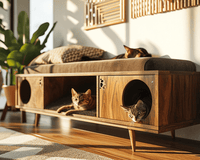Introduction
The presence of a litter box enclosure is crucial in a cat's life, providing a haven for their personal needs and instincts. Ensuring its safety holds significant weight in safeguarding their overall health and satisfaction. Beyond a mere space, this enclosure represents their safe retreat. Thus, ensuring its security isn't just a concern—it's a dedicated pledge to their welfare and joy. By fortifying this space, we create an environment where they can comfortably express themselves, fostering their well-being and contentment.
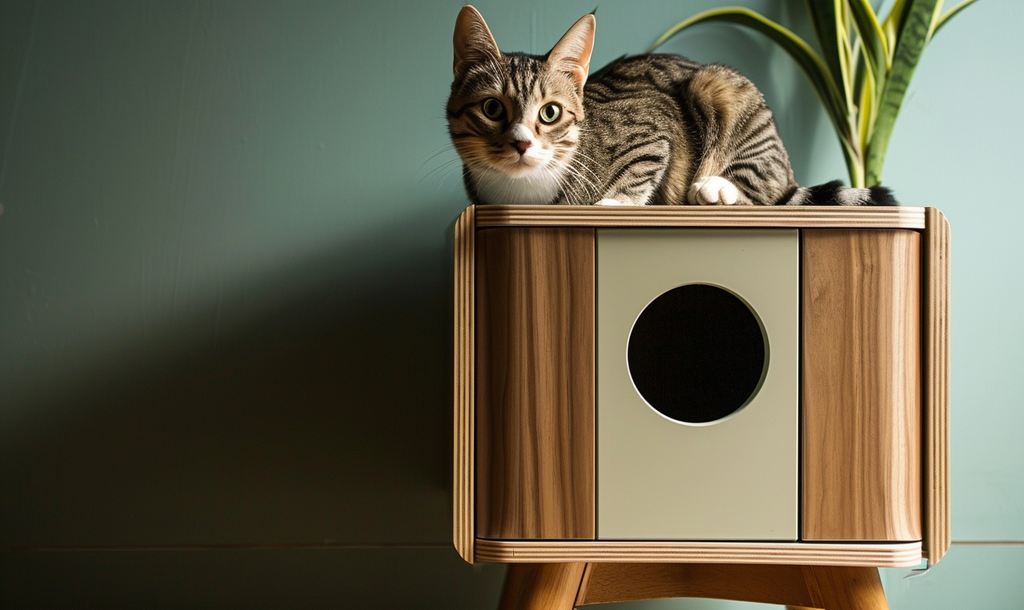 Safe Material Selection
Safe Material Selection
The choice of materials for the enclosure significantly impacts a cat's well-being. Opting for non-toxic and pet-friendly materials is paramount to safeguard their health. These materials prevent any adverse reactions or discomfort for the cat, ensuring a safe environment. Consider plywood, free from harmful chemicals, or untreated solid wood. Additionally, explore low-VOC paints or finishes that won't emit harmful fumes. Ensure any adhesives used are pet-safe and non-toxic. Regularly inspect the enclosure for potential wear or damage that could expose unsafe materials. Prioritizing these materials isn't just about construction; it's a commitment to creating a secure haven for your cat, where every component contributes to their safety and comfort.
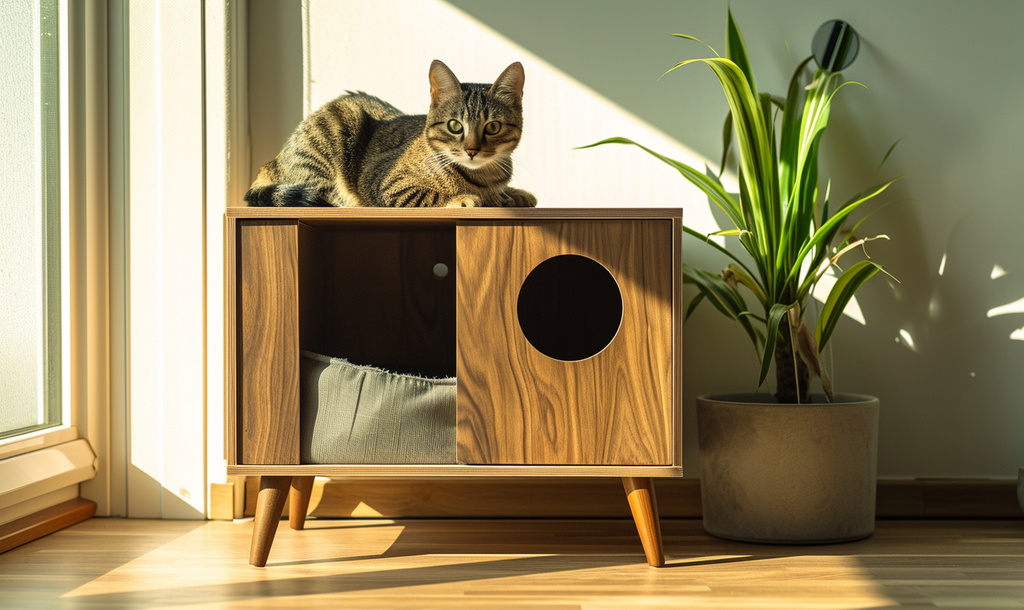
Preventing Suffocation and Risks
Ventilation and spatial planning in the enclosure design are pivotal to mitigate suffocation hazards. Adequate airflow through strategically placed vents or openings prevents stale air accumulation, ensuring a safe environment. Focus on entry points; consider doors with secure but easily accessible locks to prevent accidental trapping. Additionally, integrate escape routes or emergency exits, like removable panels or secondary openings, providing an alternative exit if needed. Incorporating these design elements doesn't just offer safety—it fosters a reassuring environment where your cat feels secure and comfortable, free from any potential suffocation risks. Regularly assess the enclosure's layout to ensure continuous airflow and accessibility, prioritizing your cat's safety above all.

Toxic Substances and Hazards
In an enclosure, several common hazards can pose risks to a cat's health. Certain houseplants like lilies, philodendrons, or aloe vera are toxic to cats if ingested. Additionally, cleaning products containing bleach, phenols, or ammonia should be kept away as they are harmful if exposed to a cat's skin or ingested. Pest control substances or insecticides should also be used cautiously, ensuring they are pet-safe. Materials like rubber bands, small toy parts, or plastic can pose choking hazards if swallowed. Regularly inspect the enclosure and the surrounding area to eliminate these potential dangers. By being vigilant and eliminating these hazards, you create a safer and more secure space for your feline friend to thrive without exposure to harmful substances or materials.

Addressing Anxiety and Adaptation Issues
Introducing a cat to a new environment within an enclosure can trigger anxiety and adjustment challenges. Cats often exhibit stress through behaviors like hiding or reduced appetite. To mitigate this, start with gradual introductions. Familiarize them with the enclosure by placing familiar items, like their bed or toys, inside. Utilize pheromone diffusers or calming aids to create a soothing atmosphere. Establish routines, including feeding and playtimes, to instill a sense of familiarity. Provide hiding spots or elevated areas for comfort. Gradually increase their exposure to the enclosure, allowing them to explore at their own pace. Patience is key; avoid forcing interactions or rushing the adaptation process. By creating a calm and reassuring environment, filled with familiar scents and routines, you help your cat transition smoothly, reducing anxiety and promoting a sense of security within their new space.
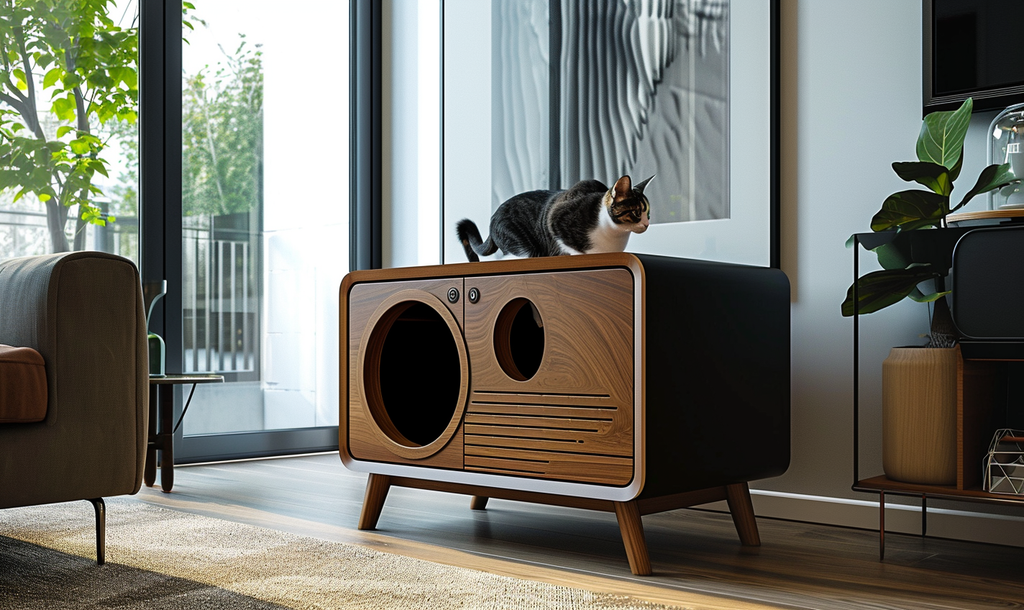
Cleaning and Maintenance
Ensuring a clean enclosure is fundamental for your cat's well-being. Establishing a routine cleaning regimen, including waste removal, litter replacement, and surface sanitization, fosters a hygienic environment. Opt for pet-safe disinfectants, eliminating germs without posing risks to your cat's health. Consistent maintenance not only upholds cleanliness but also nurtures a space where your cat can thrive comfortably. Prioritizing these practices provides a safe and inviting environment for their daily routines, contributing significantly to their overall health and contentment.
Feline Behavior and Needs
Understanding a cat's behavior is key in crafting an enclosure that resonates with their instincts. Cats seek privacy, so incorporating secluded areas within the design is essential. Additionally, they enjoy vertical spaces, so offering elevated platforms or shelves allows them to perch and observe. Considering their scratching tendencies, integrating scratching posts or pads within the enclosure fulfills their natural needs while safeguarding furniture. Catering to their desire for varied activities ensures a holistic and engaging environment within the enclosure.
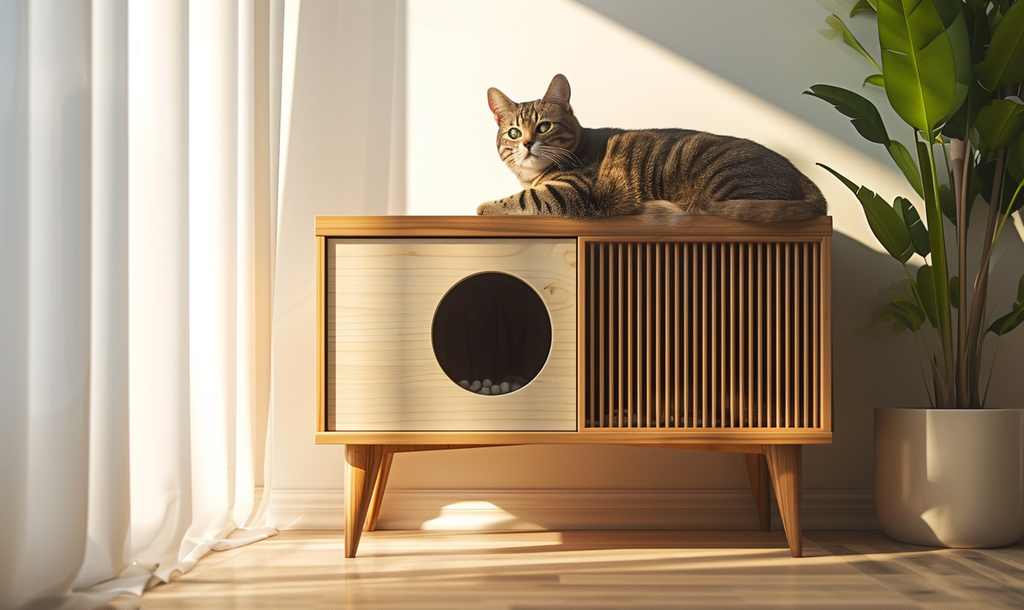
Owner Responsibility and Care
As a responsible pet owner, ensuring the safety of the enclosure falls within your purview. Regular checks encompass examining structural integrity, inspecting materials for any wear or hazards, and verifying adequate ventilation. Moreover, prioritizing your cat's well-being within the enclosure involves observing their behavior for signs of discomfort, ensuring cleanliness, and providing a comforting environment. Your attentiveness and proactive approach significantly contribute to creating a secure and nurturing space for your beloved feline companion.
Common Misconceptions and Clarifications
In the realm of litter box enclosure safety, misconceptions abound. One prevalent fallacy revolves around assuming all enclosure materials are inherently safe. However, not all woods or materials are cat-friendly. Another misconception involves neglecting the need for proper ventilation, assuming cats can manage in confined spaces. Yet, sufficient airflow is crucial for their comfort. By dispelling these myths and offering guidance on material safety and ventilation needs, cat owners can ensure a safer and healthier environment within their litter box enclosures.
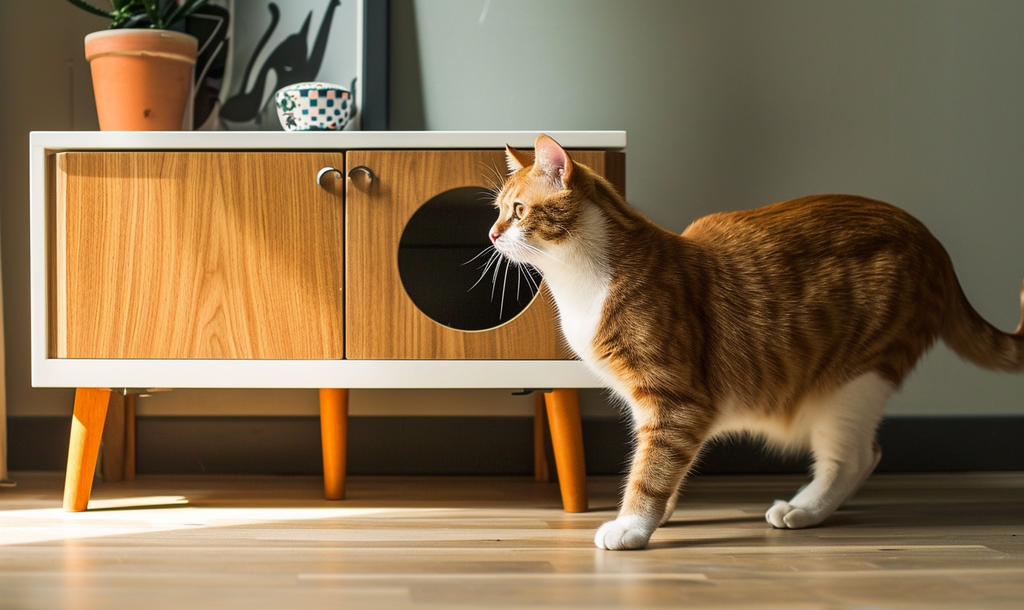
Conclusion
In the realm of litter box enclosure safety, misconceptions abound. One prevalent fallacy revolves around assuming all enclosure materials are inherently safe. However, not all woods or materials are cat-friendly. Another misconception involves neglecting the need for proper ventilation, assuming cats can manage in confined spaces. Yet, sufficient airflow is crucial for their comfort. By dispelling these myths and offering guidance on material safety and ventilation needs, cat owners can ensure a safer and healthier environment within their litter box enclosures.
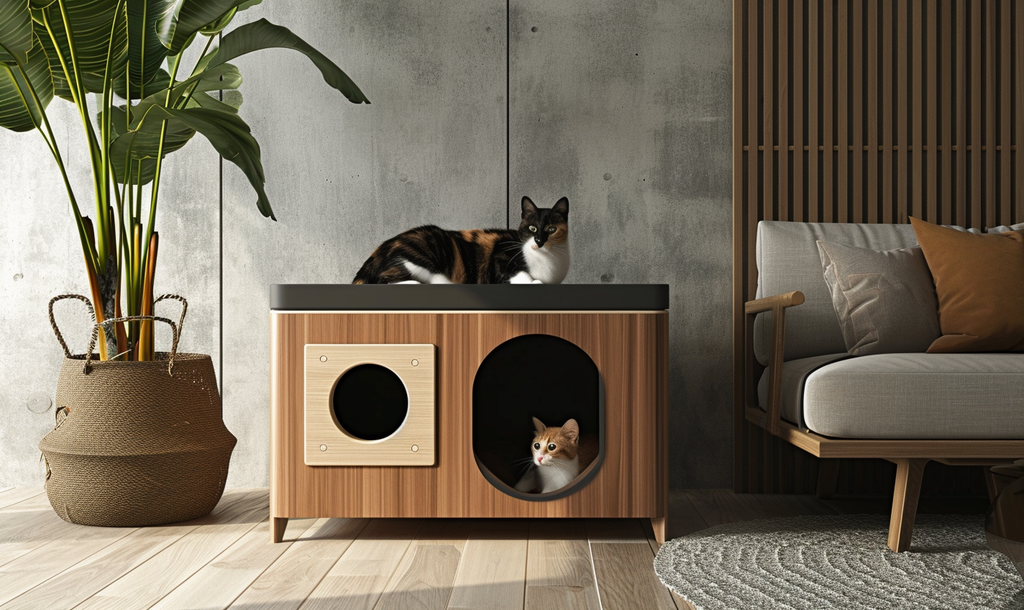
Here are five expanded FAQs related to the safety of a litter box enclosure for cats:
How do I ensure the materials used in building the enclosure are safe for my cat?
- Dive into the specifics of non-toxic materials suitable for the enclosure, emphasizing the importance of pet-friendly choices and their impact on a cat's health. Discuss certified materials or treatments that ensure safety.
Are there specific ventilation requirements for a cat's enclosure?
- Elaborate on the significance of proper airflow within the enclosure, detailing the ideal ventilation setup to prevent suffocation risks and ensure a comfortable atmosphere for the cat.
What are some common hazardous substances or materials to avoid within the enclosure?
- Detail potential toxins or dangers commonly found in enclosures, such as unsafe plants or cleaning agents, and provide guidance on identifying and eliminating these hazards.
How can I help my cat adjust to a new enclosure and minimize anxiety?
- Offer comprehensive strategies to ease a cat's transition into a new space, including gradual introduction techniques and behavioral cues for reducing stress.
What routine maintenance practices should I follow to keep the enclosure safe for my cat?
- Outline a thorough cleaning regimen and regular upkeep procedures essential for maintaining a clean and healthy environment within the enclosure, emphasizing their importance for a cat's well-being.






